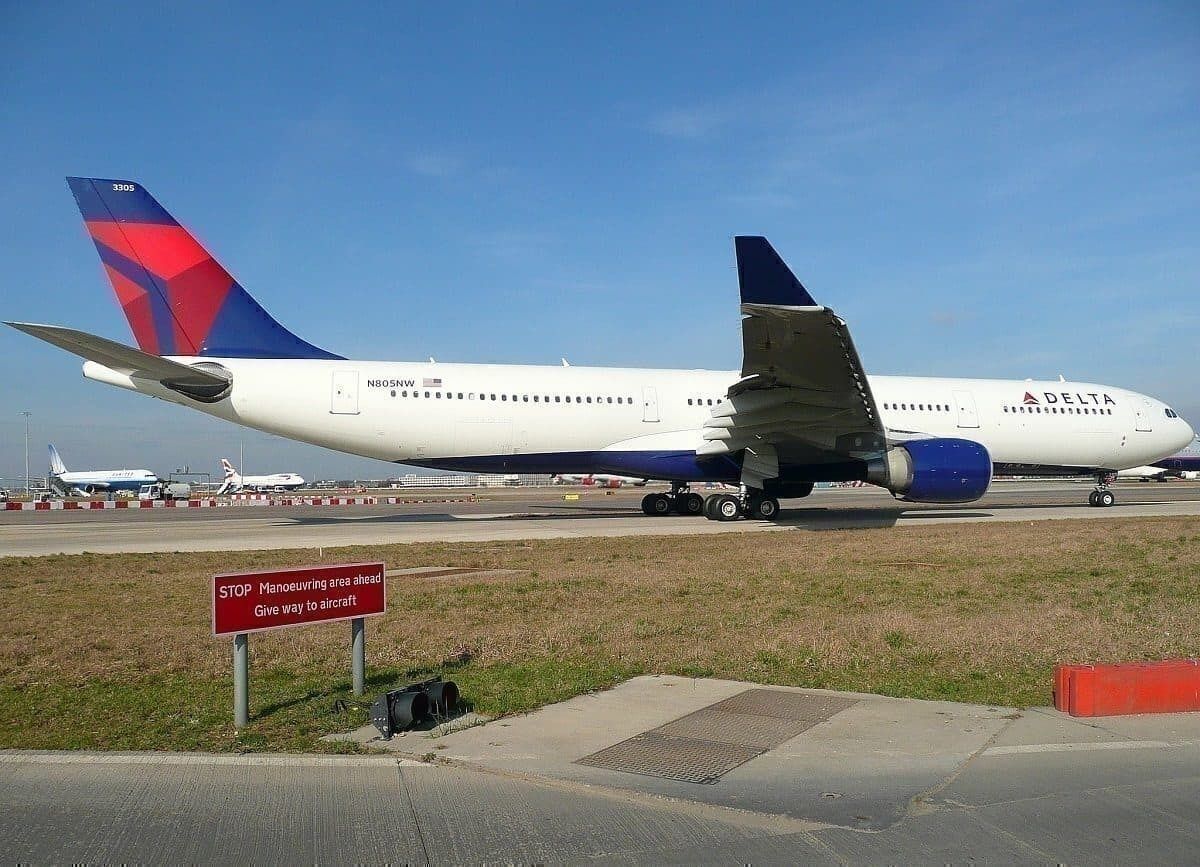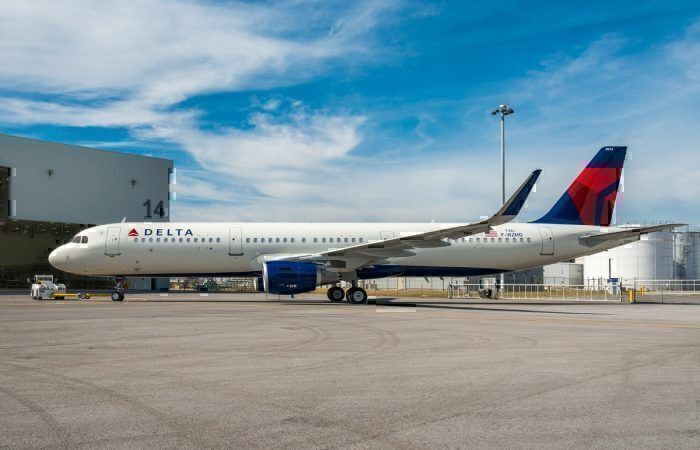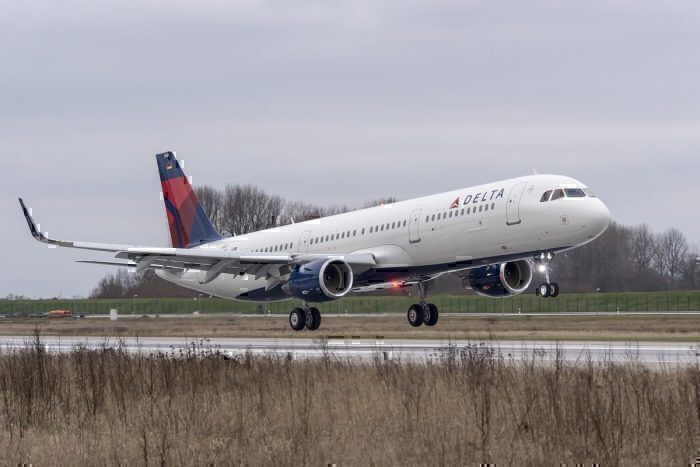A Delta Airlines A330-300 cancelled its climb out of Atlanta, Georgia on Monday (29/07/19) due to a loose flap fairing and hydraulic actuator. The crew visually identified the problem and returned to Atlanta 90 minutes later.
Flight DL-74 (registration N806NW) departed Hartsfield–Jackson Atlanta International at 20:04 local time, according to FlightAware. Although cleared by air traffic control to climb to 17,000 feet the crew aborted the climb at 5,000 feet and told ATC they could see, “something hanging off the wing”.
The crew was advised to enter a hold north of the airport. According to avherald.com the cockpit decision was that “they couldn't ignore that condition but it wouldn't pose any problem.” Subsequently, the A330 burned off some fuel and returned safely to the airport an hour and a half later. It landed without the need for assistance at 21:34.
The type is capable of landing above its maximum landing weight. The flight to Amsterdam was cancelled.
Fairings
An aircraft fairing is a structure that aids aerodynamism. It is usually found covering gaps and joins on the surface of the plane. Although its primary aim is to reduce drag, a fairing also benefits the appearance of the aircraft.
Manufacturers of other modes of transport use fairings for the same purposes. Bicycles, motorcycles and space rockets are all fitted with some degree of fairing. The launch vehicle payload fairing is a nose cone that protects a spacecraft from the aerodynamic pressures of an atmospheric launch.
The development of larger flap lift systems for aircraft also brought with it the need to fit larger actuators and flap tracks. In order to retain the lowest possible drag the system needed to be covered with a fairing.
The two giants of aircraft manufacturing have approached the concept of fairings from two ends of the spectrum. Generally speaking, Boeing’s flap track system is complex and smaller than Airbus'. As a consequence, the former’s airframes drag less than those of the latter. The larger fairings of Airbus’s aircraft, however, allow for easier maintenance.
Risk to life
A detached fairing, especially from the flap track, does not pose an immediate risk to aircraft safety, although it is not something that can be ignored. A loose piece of metal, especially one that is still attached, may without warning free itself and affect other parts of the plane.
Additionally, the aerodynamic stability of an entire wing structure can be affected by a change in mass or in the rigidity of another component. This effect is known as a “flutter”. Minute changes in one part of the aircraft’s wing can cause vibration in another. Should this be allowed to continue, the vibration can become so great that it destroys the airframe.
In 1952, a de Havilland DH.110 crashed at the Farnborough Air Show. An investigation of the crash revealed an aeroelastic flutter to be the cause of the aircraft’s downing.
In 2015, a flap fairing worked itself loose during a Southwest Airlines flight from Austin, Texas to Harlingen. Surprisingly, the captain announced that part of the wing had fallen off. The flight with 109 people onboard diverted to San Antonio airport and landed safely.
In the case of Delta Airlines DL-74, the pilots would have had no alternative other than to return to the airport.



